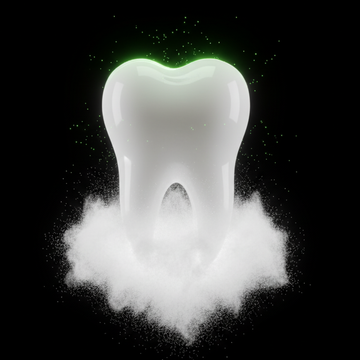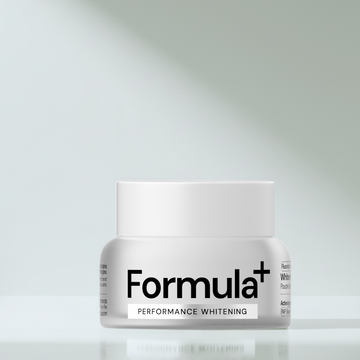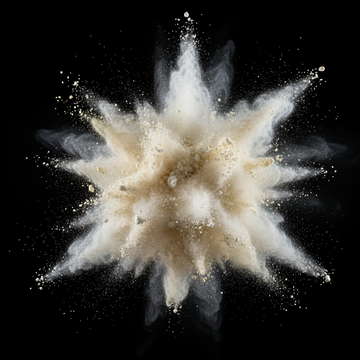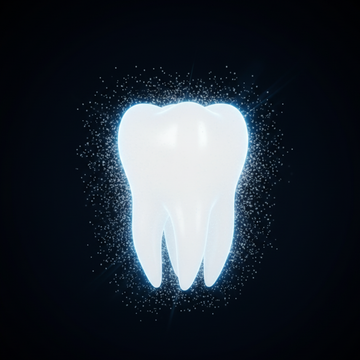Deconstructing the "Squeaky Clean" Feeling
That rich, foamy lather you get when you brush your teeth feels effective, but it's largely a cosmetic effect. The ingredient responsible is typically a detergent called Sodium Lauryl Sulfate (SLS). Paired with this foam is the physical "scrubbing" sensation, which comes from abrasive agents mixed into the paste. Together, these two components create the powerful "squeaky clean" feeling that consumers have been taught to associate with a healthy mouth. However, the science reveals a more damaging story.
The Problem with Foam: The Irritating Truth about SLS
SLS is a powerful surfactant, which is why it's so effective at creating foam. Unfortunately, that same detergent action can be aggressive on the delicate tissues inside your mouth. SLS can strip away the protective mucous and saliva layer that lines your oral cavity, leading to dryness, irritation, and a compromised defense barrier. This irritation is linked to several common and painful oral health issues:
-
Canker Sores (Aphthous Ulcers): A growing body of evidence suggests a strong link between SLS and canker sores. Studies have shown that patients prone to recurrent ulcers can see a significant decrease in the number of ulcers, their duration, and the pain they cause simply by switching to an SLS-free toothpaste.
-
Mucosal Desquamation: Some individuals experience a peeling or shedding of the inside layer of their cheeks and lips after using toothpastes with SLS. This is a direct sign of tissue irritation caused by the harsh detergent.
The Problem with Scrubbing: When "Clean" Becomes "Damage"
The abrasiveness of a toothpaste is measured on a scientific scale called Relative Dentin Abrasivity (RDA). While some level of abrasion is needed to remove plaque and surface stains, many toothpastes—especially those marketed for whitening—are highly abrasive and can cause irreversible damage over time. Tooth enamel is the hardest substance in the human body, but it does not grow back once it's gone. The consequences of this gradual erosion are severe:
-
Increased Tooth Sensitivity: As enamel wears away, it exposes the softer, porous layer underneath called dentin. This layer contains tiny tubules that lead directly to the tooth's nerve, causing sharp pain when exposed to hot, cold, or sweet stimuli.
-
Yellowing Teeth: Ironically, overly abrasive whitening toothpastes can eventually make your teeth look more yellow. As the bright white enamel thins, the naturally yellower color of the underlying dentin begins to show through.
-
Gum Recession: The harsh scrubbing action can also irritate and wear away gum tissue, causing it to recede and expose the sensitive roots of the teeth.
The damage from these ingredients is not isolated; it is compounded. The chemical aggression of SLS strips away the mouth's protective lubricating layer, leaving the teeth and gums vulnerable. The mechanical aggression of harsh abrasives then scrubs against this exposed, unprotected tissue, amplifying the physical damage. This creates a vicious cycle where chemical irritation and physical abrasion work together to cause more harm than either would alone.
The Triclosan Topic: An Antibacterial Too Risky to Use
Some toothpastes once included an aggressive antibacterial agent called Triclosan to fight plaque and gingivitis. However, this ingredient has been banned by the FDA from many consumer products due to serious health concerns. It is classified as an endocrine-disrupting chemical (EDC), meaning it can interfere with the body's hormones, and its widespread use has raised concerns about promoting the growth of antibiotic-resistant bacteria. Triclosan represents an outdated "brute force" approach to oral health that has been rightly replaced by safer, more intelligent solutions.










